Table of Contents
If you just turned directly to this chapter without first reading the chapter called The Trinity, I would highly recommend that you put a bookmark here and turn back and read that chapter first.
The Trinity Concept
This is the same diagram you’ll find in the aforementioned chapter:
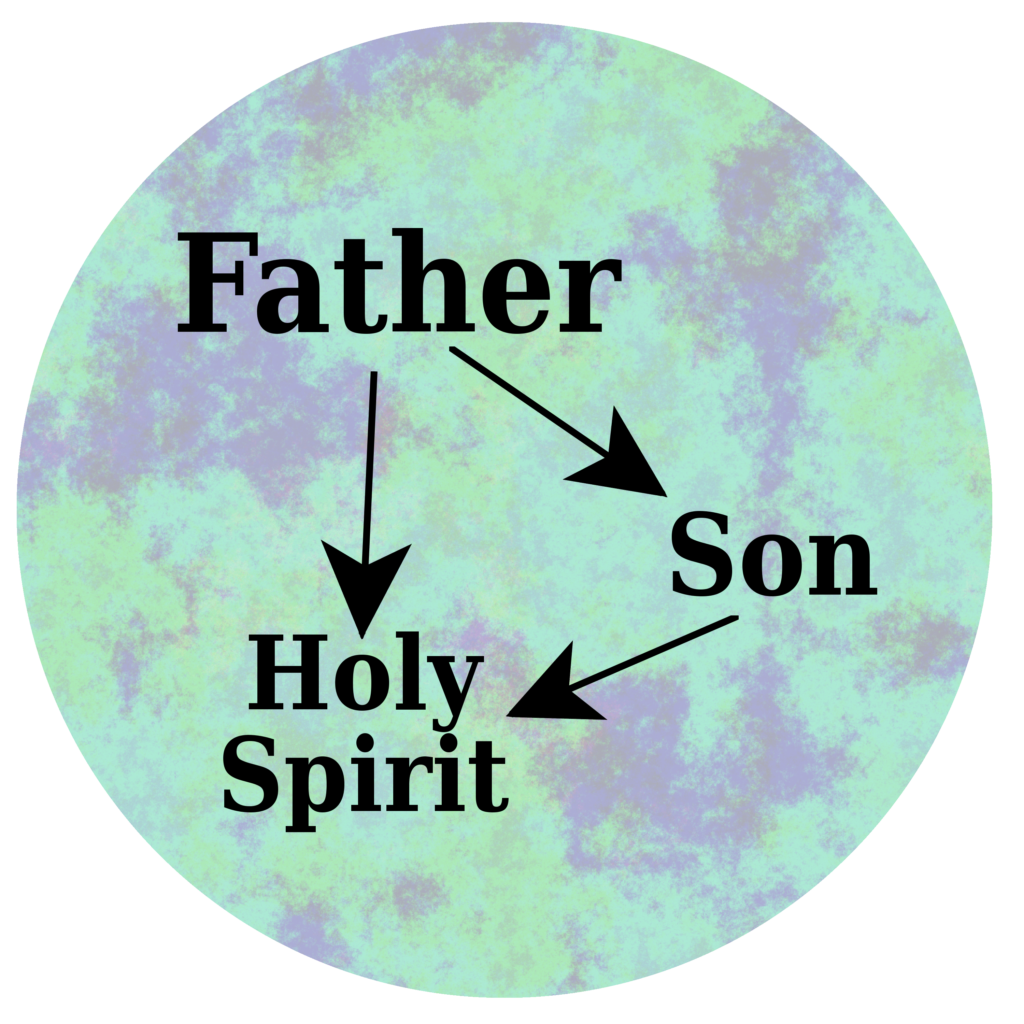
As was mentioned before, God has revealed himself to humans as one single God, but affects his creation through distinct persons. All three persons of the Trinity are equal and one, but distinct in the roles they play when interacting with His creation.
Weak Illustrations
I know these following illustrations are each weak in their own way, but perhaps they will help in understanding the trinity concept.
Think of the three dimensions of space as being a sort of trinity: Space or volume is a sort of singular concept, but we are easily accustomed to specify space as a height, a width and a length.
Or maybe think of the three basic components of an egg as a sort of trinity: The shell, the yoke and the white. Recipes often call for an egg, meaning the common understanding of a singular egg concept, but we know an egg’s usefulness is fulfilled when we crack open the shell and add the white and yoke to our cake.
Others have suggested that the sun is a sort of trinity: We know the sun is a celestial body, with a power to light the world and a power to energize the world. Don’t over-think it too much, but when we talk about the sun as a singular entity, we instantly understand it’s physical nature and it’s essential roles in sustaining all life on earth together.
A Family Mini-Trinity
This God as a trinity pattern of unity with distinctive roles and authority shows up in many systems in human life and society.
Consider the roles of the family. God created the family unit as described in Genesis:
18 The LORD God also said, “It is not good for the man to be alone. I will make for him a suitable helper.” 19 And out of the ground the LORD God formed every beast of the field and every bird of the air, and He brought them to the man to see what he would name each one. And whatever the man called each living creature, that was its name. 20 The man gave names to all the livestock, to the birds of the air, and to every beast of the field. But for Adam no suitable helper was found. 21 So the LORD God caused the man to fall into a deep sleep, and while he slept, He took one of the man’s ribs and closed up the area with flesh. 22 And from the rib that the LORD God had taken from the man, He made a woman and brought her to him. 23 And the man said:
Genesis 2:18-24
“This is now bone of my bones
and flesh of my flesh;
she shall be called ‘woman,’
for out of man she was taken.”
24 For this reason a man will leave his father and his mother and be united to his wife, and they will become one flesh.
This passage in Genesis informs us that two humans, each of the opposite sex can be joined together in a way that forms a “unity” in their flesh. Thus we shouldn’t be surprised that God can be a unity when distinct roles in the persons of the Trinity are clear from Scripture.
Man, in a husband role, and Woman, in a wife role, and God form another mini-trinity, illustrated in the diagram below:
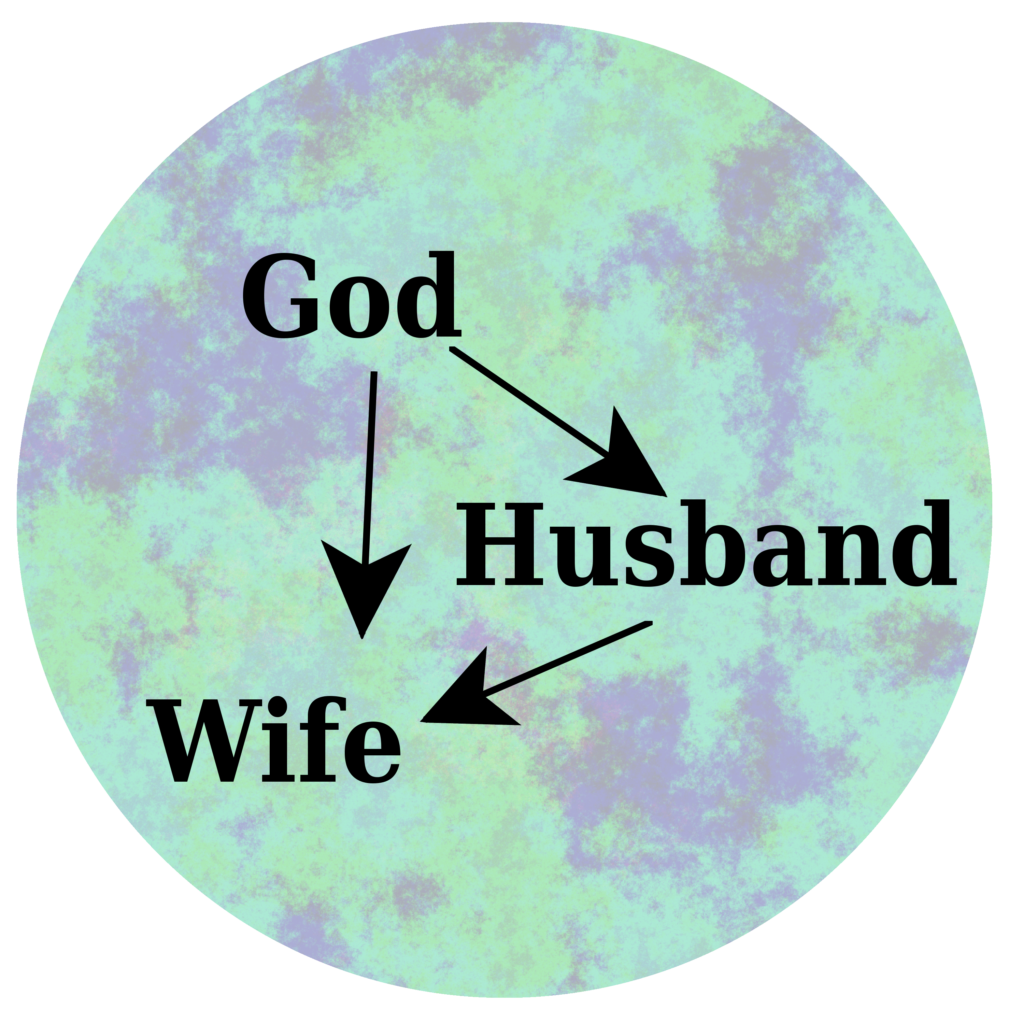
Paul clarified this picture when he compared this Husband/Wife unity relationship with Jesus Christ and the Church. This passage from Ephesians compares the similarities between these parallel relationships.
21 Submit to one another out of reverence for Christ.
Ephesians 5:21-33
22 Wives, submit to your husbands as to the Lord. 23 For the husband is the head of the wife as Christ is the head of the church, His body, of which He is the Savior. 24 Now as the church submits to Christ, so also wives should submit to their husbands in everything.
25 Husbands, love your wives, just as Christ loved the church and gave Himself up for her 26 to sanctify her, cleansing her by the washing with water through the word, 27 and to present her to Himself as a glorious church, without stain or wrinkle or any such blemish, but holy and blameless.
28 In the same way, husbands ought to love their wives as their own bodies. He who loves his wife loves himself. 29 Indeed, no one ever hated his own body, but he nourishes and cherishes it, just as Christ does the church. 30 For we are members of His body.
31 “For this reason a man will leave his father and mother and be united to his wife, and the two will become one flesh.” 32 This mystery is profound, but I am speaking about Christ and the church. 33 Nevertheless, each one of you also must love his wife as he loves himself, and the wife must respect her husband.

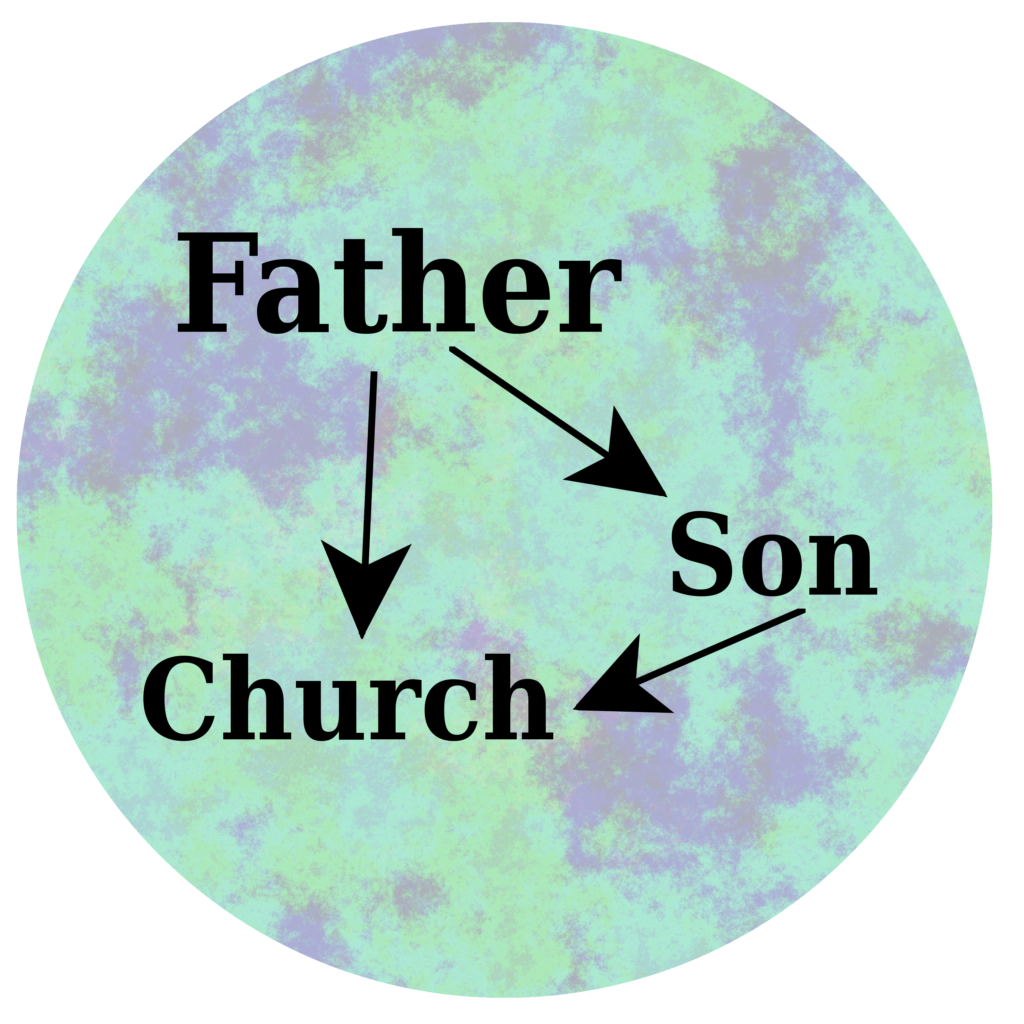
Notice that Christ is the “head” of the “body”– as a pattern, a body has a single motivator in the unity that is responsible for decision-making. This is a hint at how we as humans are also architected– a human has a body and the body is subject to a decision-making component. Again, more on this later.
I hope I’m not stretching this pattern too far, but when it comes to relationships where multiple people have to work together as a team (unified), but are optimized by a clear authority framework, the best pattern appears to be one that is modeled after the Trinity.
clear:both
Other Trinity-Like Relationships
More Family Examples
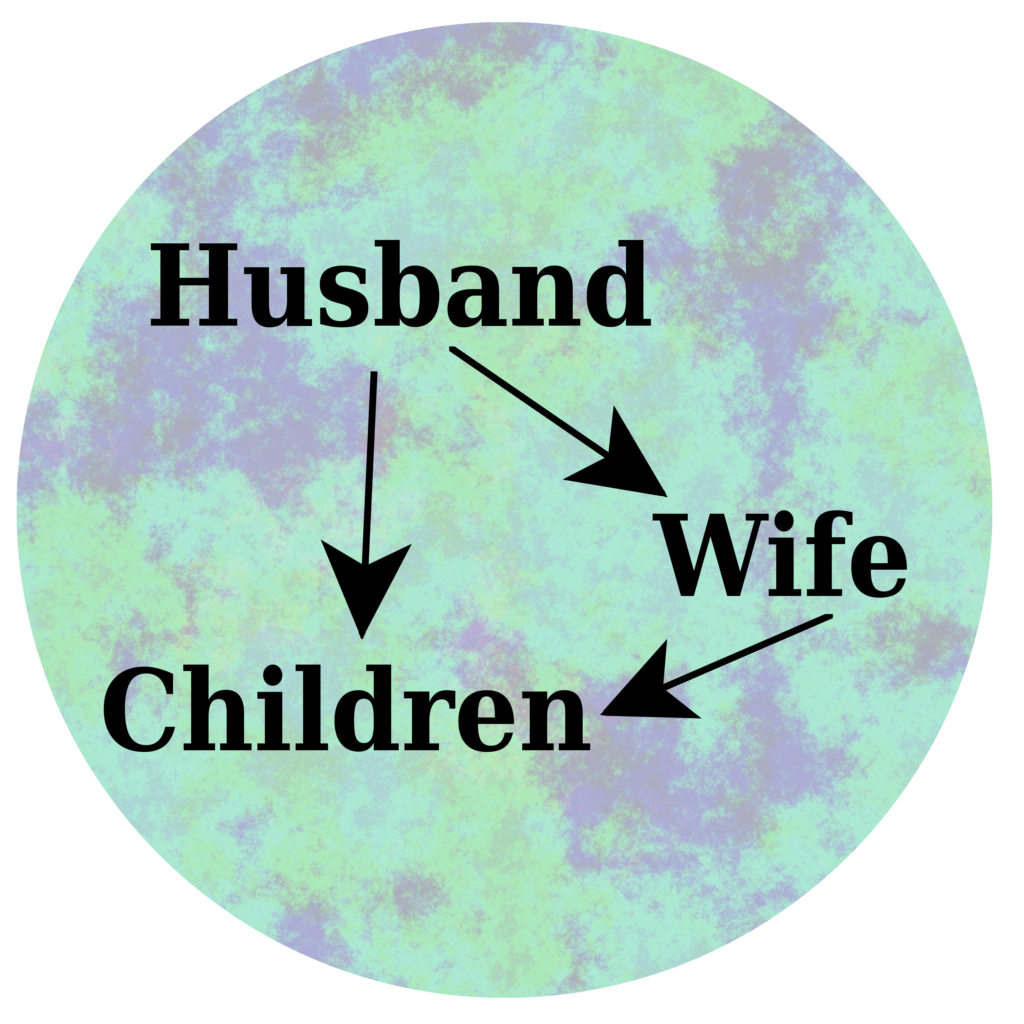
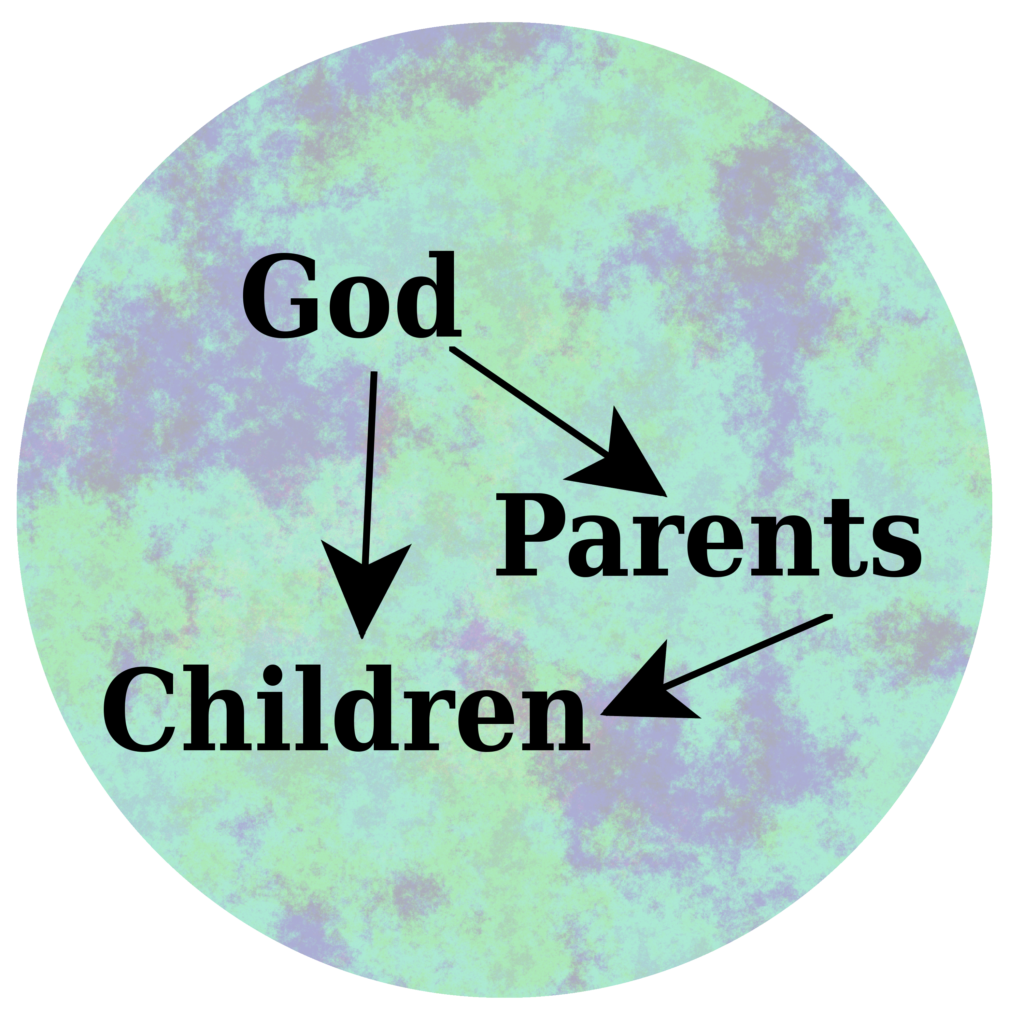
The two patterns that follow are additional family patterns, each supported from Scripture.
1 Children, obey your parents in the Lord, for this is right. 2 “Honor your father and mother” (which is the first commandment with a promise), 3 “that it may go well with you and that you may have a long life on the earth.”
Ephesians 6:1-3
Children learn the authority relationships in the home at an early age, even playing the Father and Mother against each other to try to achieve childish goals.
Young children often form their first impression of God from their earthly fathers. The goal of parenting, is to move a child’s submission from their parents to God. This is a big responsibility for fathers.
clear: both
Cultural Examples
A wide range of relationships exhibit optimal performance when their pattern matches the Trinity.
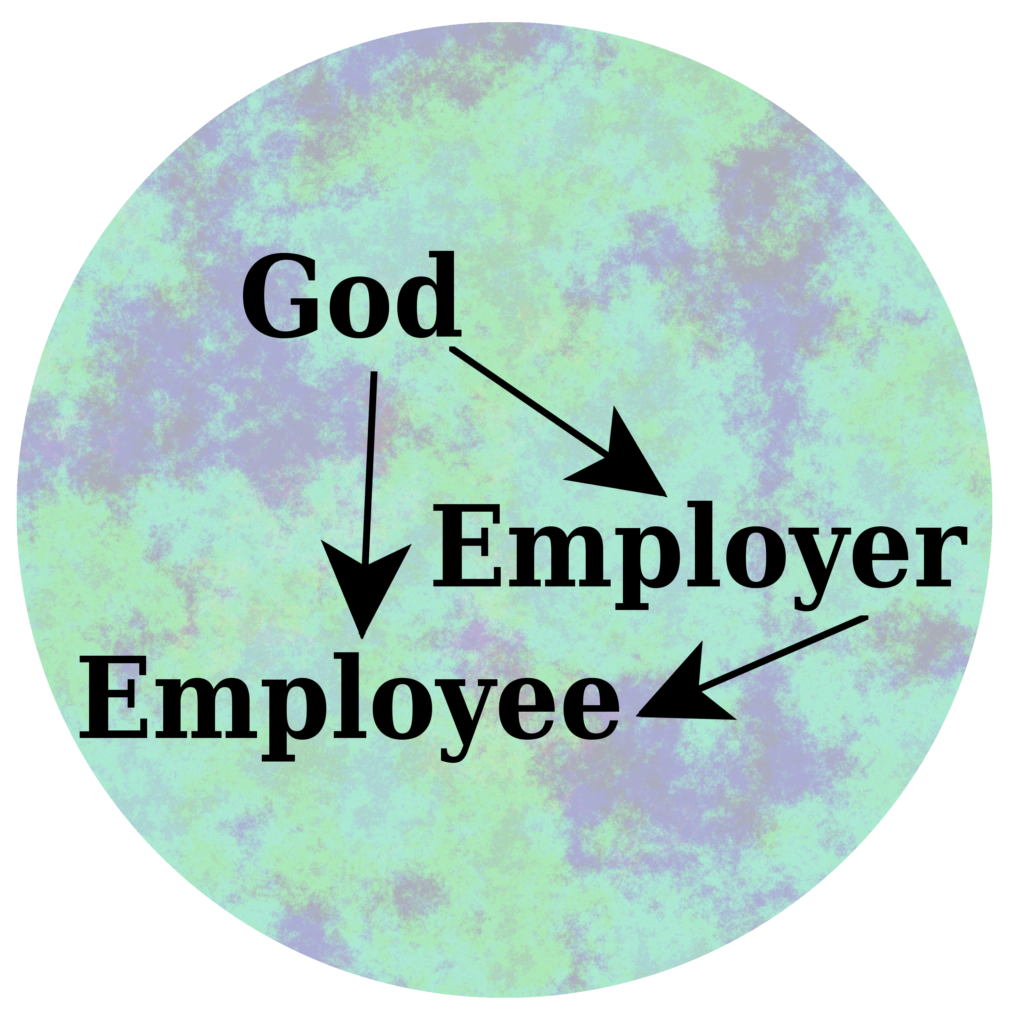
I’ll start with the God-Employer-Employee relationship. Ask anyone who is satisfied with their job and they will tell you the best job is a job where the work environment feels like a family environment– of course the best family environment is a Scriptural Trinity model. If the employer doesn’t submit to God, employees will become mistreated, abused slaves. Employees that don’t submit to God will take advantage of their employer and ultimately ruin the business.
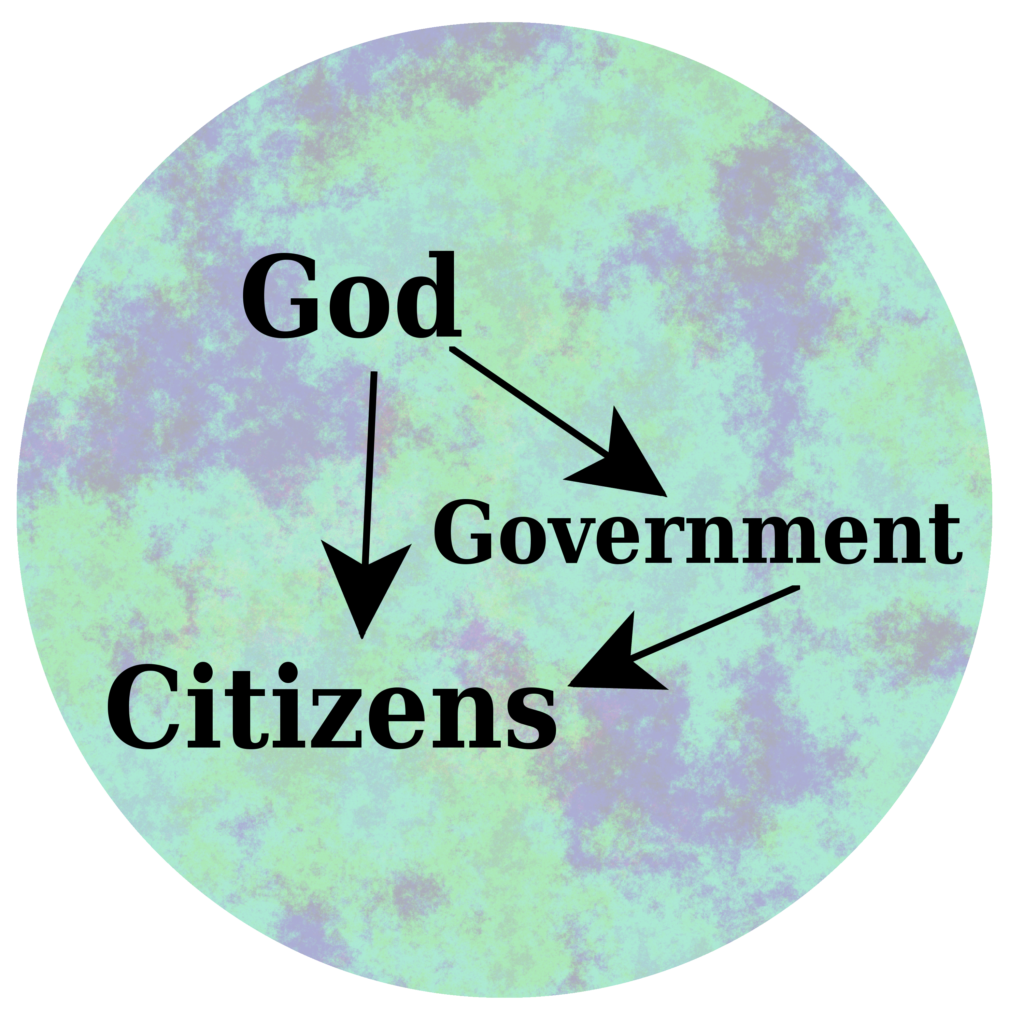
Next, how about the God-Government-Citizen relationship. Citizens know that submitting to the Government is a necessity for the preservation of security, peace and freedom, but this only works when both the Citizens and the Government are submitting to God. A government that doesn’t submit to God will eventually become an abuser of its own citizens. Citizens that fail to submit to God will no longer respect the Government, becoming too unruly to govern.
clear: both
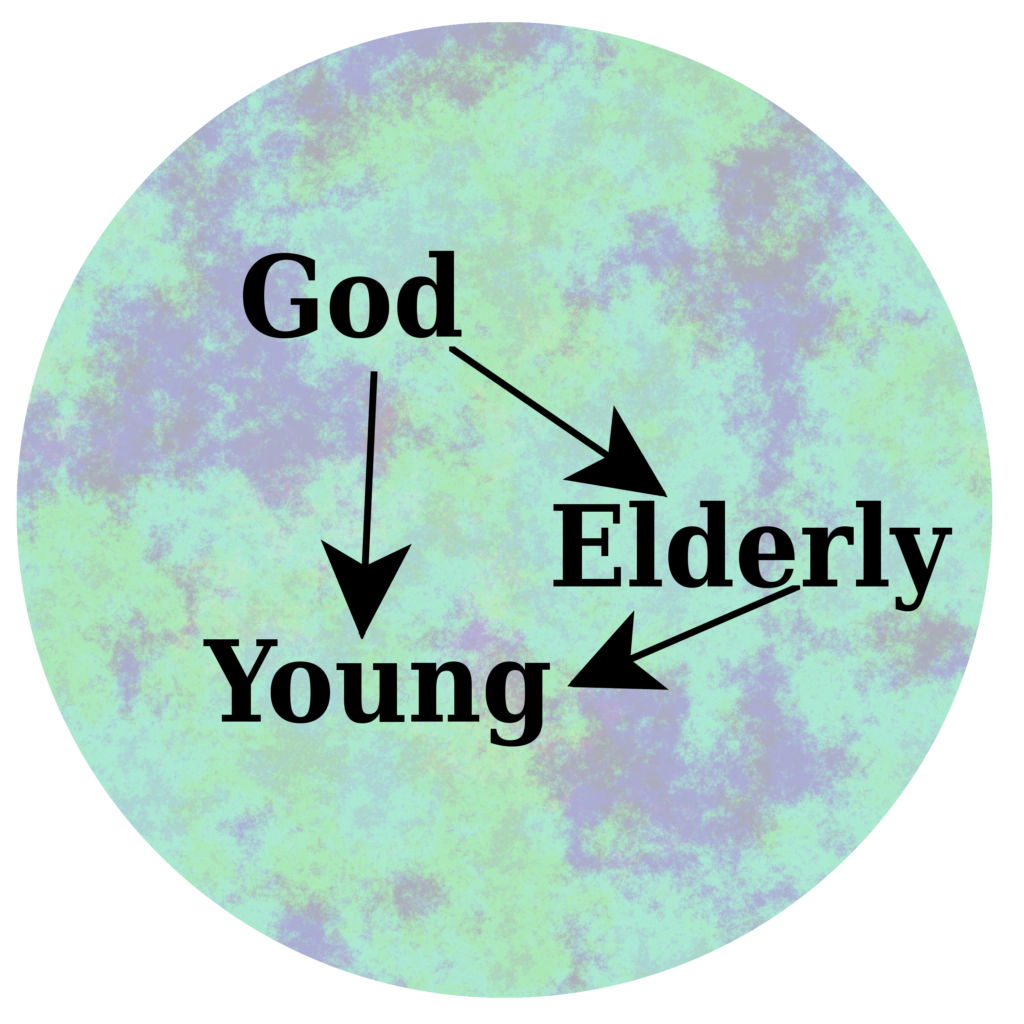
In addition, there seems to be built into the fabric of society a natural authority based on age… again this relationship works most efficiently when it is modeled after the Trinity. “Respect your elders” is a common theme in so many cultures.
Salvation- Adoption Trinity
I’m not sure of the exact mechanics, but in the process of salvation, the human heart and spirit is somehow “regenerated”, a process where the Holy Spirit takes up residency right in our beings. Thus when we are united with the Holy Spirit in this way, we are adopted in a sense, joining the Trinity, not of course as gods, but as children so that we too can call God the Father our Father.
4 And while they were gathered together, He commanded them: “Do not leave Jerusalem, but wait for the gift the Father promised, which you have heard Me discuss. 5 For John baptized with water, but in a few days you will be baptized with the Holy Spirit.”
Acts 1:4-5
Jesus promised a “baptism” or “immersion” with the Holy Spirit.
15 For you did not receive a spirit of slavery that returns you to fear, but you received the Spirit of sonship, by whom we cry, “Abba! Father!” 16 The Spirit Himself testifies with our spirit that we are God’s children. 17 And if we are children, then we are heirs: heirs of God and co-heirs with Christ—if indeed we suffer with Him, so that we may also be glorified with Him.
Romans 8:15-17
Baptism into the Holy Spirit is the way we receive the Holy Spirit, testifying to our sonship and adoption as God’s children. We certainly don’t deserve this amazing privilege, but God is loving and willing to share with us this astounding gift of glory with Christ.
An Unholy Trinity
Scripture also describes a sad tale of the future, where one day Satan will have such a strong, deluding, power of lies over the people of the earth that he will imitate God’s Trinity, but for a sinister purpose: to bring as many of God’s beloved creation to damnation as possible.
2b And the dragon gave the beast his power and throne and great authority. 3 One of the heads of the beast appeared to be fatally wounded. But the mortal wound was healed, and the whole world marveled and followed the beast. 4 They worshiped the dragon who had given authority to the beast, and they worshiped the beast, saying, “Who is like the beast, and who can wage war against it?”
Revelation 13:2b-4,11-12
ooo
11Then I saw another beast rising out of the earth. This beast had two horns like a lamb, but spoke like a dragon. 12 And this beast exercised all the authority of the first beast and caused the earth and those who dwell in it to worship the first beast, whose mortal wound had been healed.
Interpreting the narrative in the book of Revelation can be a challenge, but most scholars agree Satan, the dragon, the first beast, who mimics a sort of Jesus-like resurrection, and the second beast form a trinity and authority structure designed to deceive those who dwell on the earth during the tribulation.